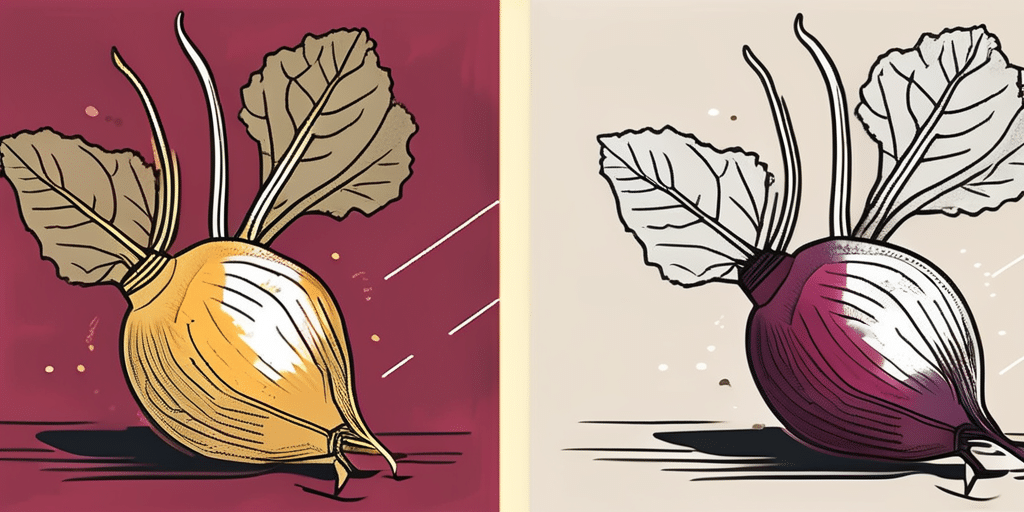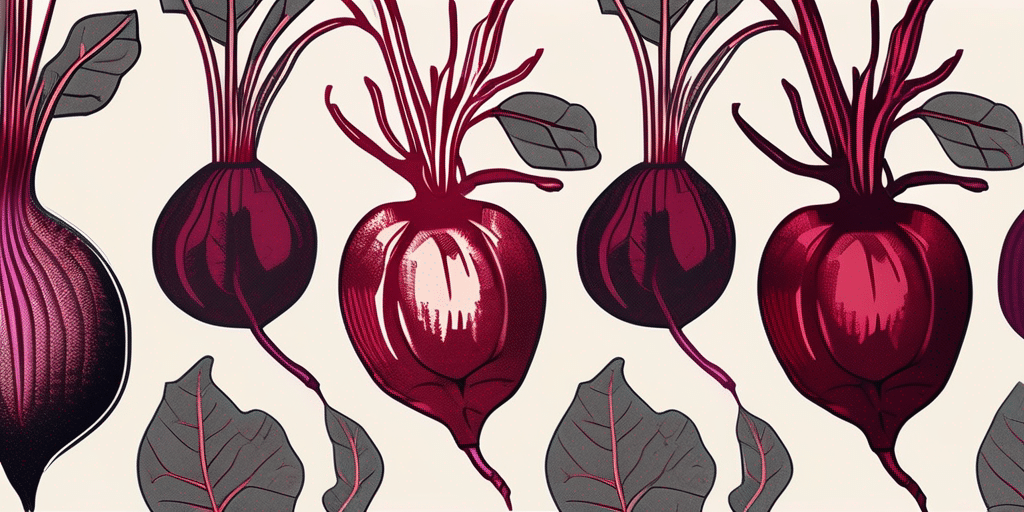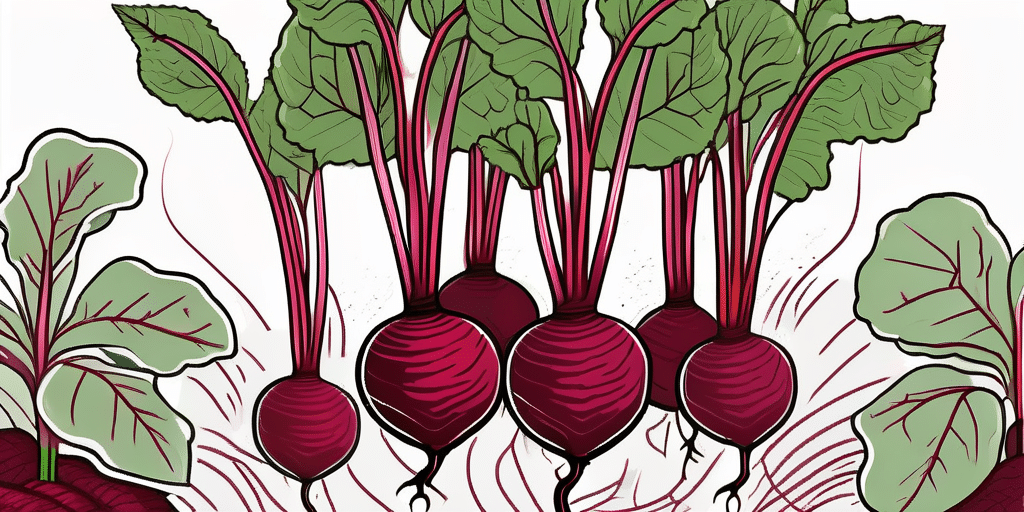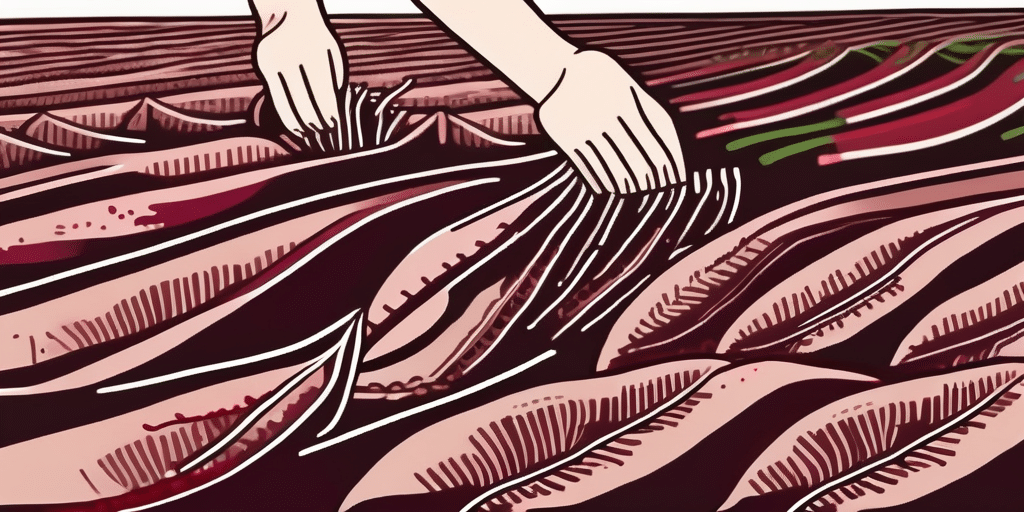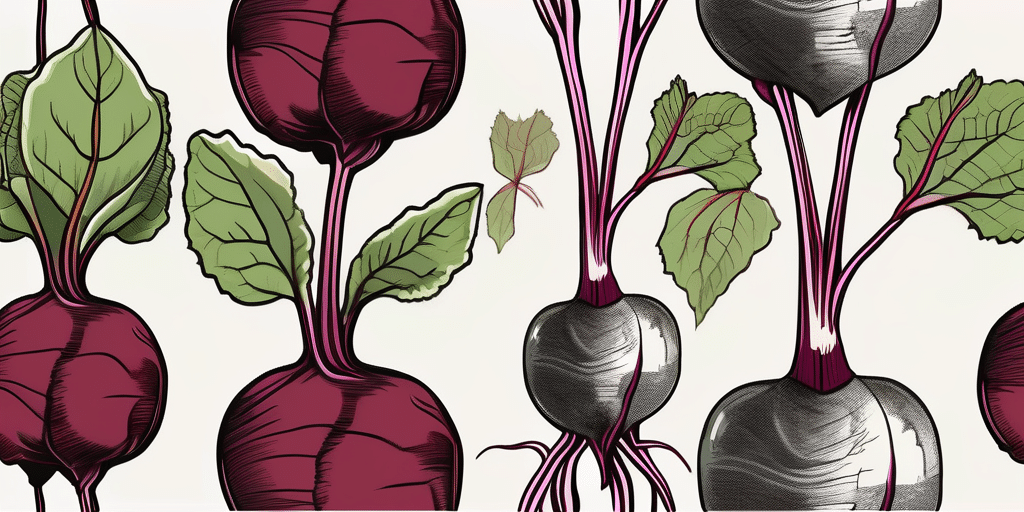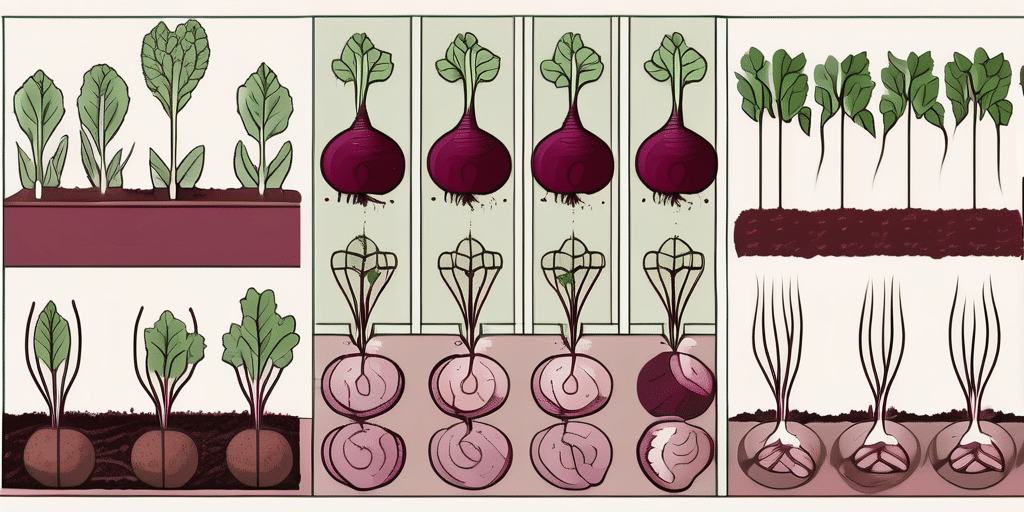Growing Avalanche Beets can be a rewarding experience, especially when you see the vibrant red roots peeking out from the soil. But to get the best yield, it’s important to understand how to properly fertilize these plants. In this guide, we’ll walk you through the process step by step, discussing everything from the type of fertilizer to use, to the best time to apply it.
Understanding Avalanche Beets
Avalanche Beets are a type of beetroot known for their sweet, mild flavor and their white color, a stark contrast to the typical deep red of most beets. They’re a great addition to any garden, but they do require specific care to thrive.
Like other beets, Avalanche Beets need a good amount of nutrients to grow properly. They’re particularly fond of phosphorus and potassium, but they also need a good amount of nitrogen to support leaf growth. Understanding these needs is the first step to properly fertilizing your beets.
Choosing the Right Fertilizer
There are many different types of fertilizers available, and the best one for your Avalanche Beets depends on the current state of your soil. It’s a good idea to test your soil before planting, to understand what nutrients it’s lacking.
Generally, a balanced fertilizer is a good choice for beets. Look for one that has equal amounts of nitrogen, phosphorus, and potassium. These are often labeled as 10-10-10 or 20-20-20 fertilizers. However, if your soil test shows that you’re lacking in a specific nutrient, you might want to choose a fertilizer that’s higher in that nutrient.
Organic vs. Synthetic Fertilizers
When choosing a fertilizer, you’ll also need to decide between organic and synthetic options. Organic fertilizers, like compost or manure, are made from natural materials and are a great way to improve the overall health of your soil. They release nutrients slowly, providing a steady supply to your plants.
Synthetic fertilizers, on the other hand, are made from minerals and are usually more concentrated. They release nutrients quickly, which can give your plants a quick boost but can also lead to nutrient imbalances if not used carefully.
How to Fertilize Avalanche Beets
- Test your soil. This will tell you what nutrients your soil is lacking, and help you choose the right fertilizer.
- Choose a fertilizer. Based on your soil test, choose a balanced fertilizer or one that’s high in the nutrients your soil is lacking.
- Apply the fertilizer. Spread it evenly over the soil, following the package instructions for the correct amount.
- Mix the fertilizer into the top layer of soil. This helps distribute the nutrients and makes them more accessible to the beet roots.
- Water the soil. This helps the fertilizer dissolve and start releasing nutrients.
When to Fertilize Avalanche Beets
The best time to fertilize your Avalanche Beets is before you plant them. This gives the fertilizer time to start working and ensures that the nutrients are available when the beets start to grow.
However, beets are a crop that can benefit from additional fertilization during the growing season. A second application of fertilizer can be beneficial about a month after planting, when the beets are actively growing and using up nutrients.
Common Fertilizing Mistakes to Avoid
While fertilizing your Avalanche Beets is important, it’s also possible to overdo it. Too much fertilizer can lead to excessive leaf growth at the expense of root development, resulting in smaller beets. It can also lead to nutrient imbalances in the soil, which can affect other plants.
Another common mistake is not testing the soil before fertilizing. Without a soil test, you’re essentially fertilizing blind, and you might end up adding nutrients that your soil doesn’t need. This can lead to nutrient imbalances and can harm your beets and other plants.
Conclusion
Fertilizing your Avalanche Beets properly can make a big difference in your harvest. By understanding the nutrient needs of these plants, choosing the right fertilizer, and applying it at the right time, you can ensure that your beets grow healthy and strong. Remember to test your soil before you start, and don’t overdo it with the fertilizer. Happy gardening!
Join Our Green-Thumbed Community!
Ready to turn your beet-growing success into a full-blown garden paradise? Subscribe for free to How to Grow Everything and learn how to build the garden of your dreams! Receive personalized gardening advice tailored to your location, grow zone, and experience level. We promise only the best gardening tips and deals, with no spam, just special offers from our family to yours. Join thousands of others benefiting from our free, customized growing and gardening articles. Let’s grow together!

